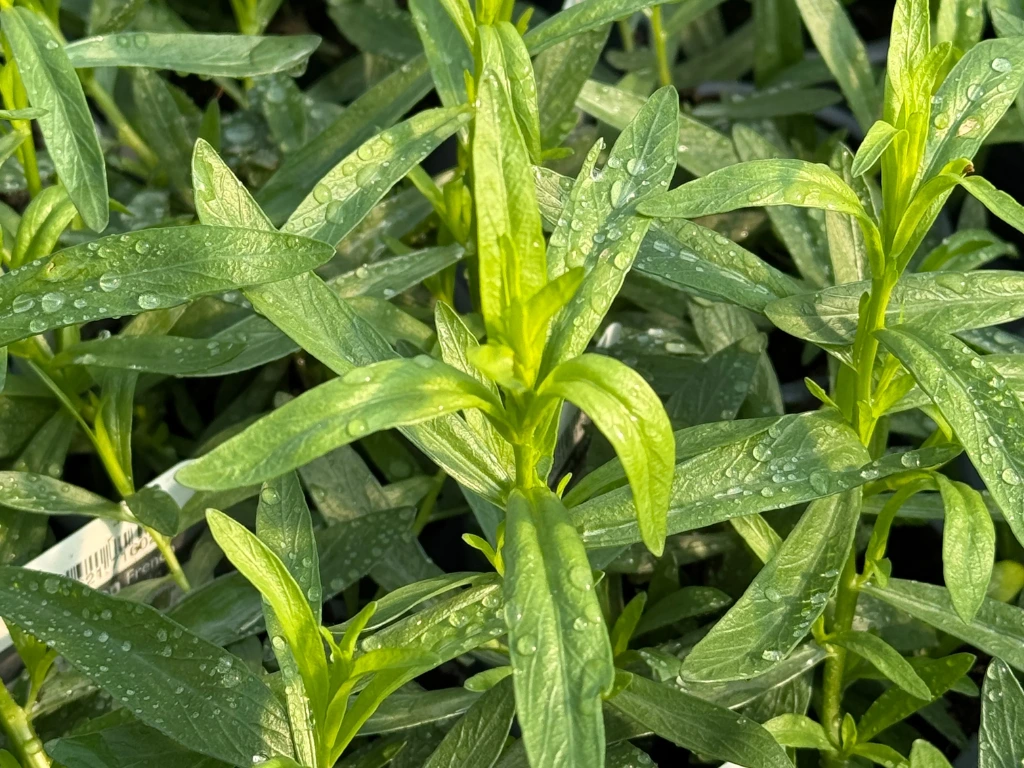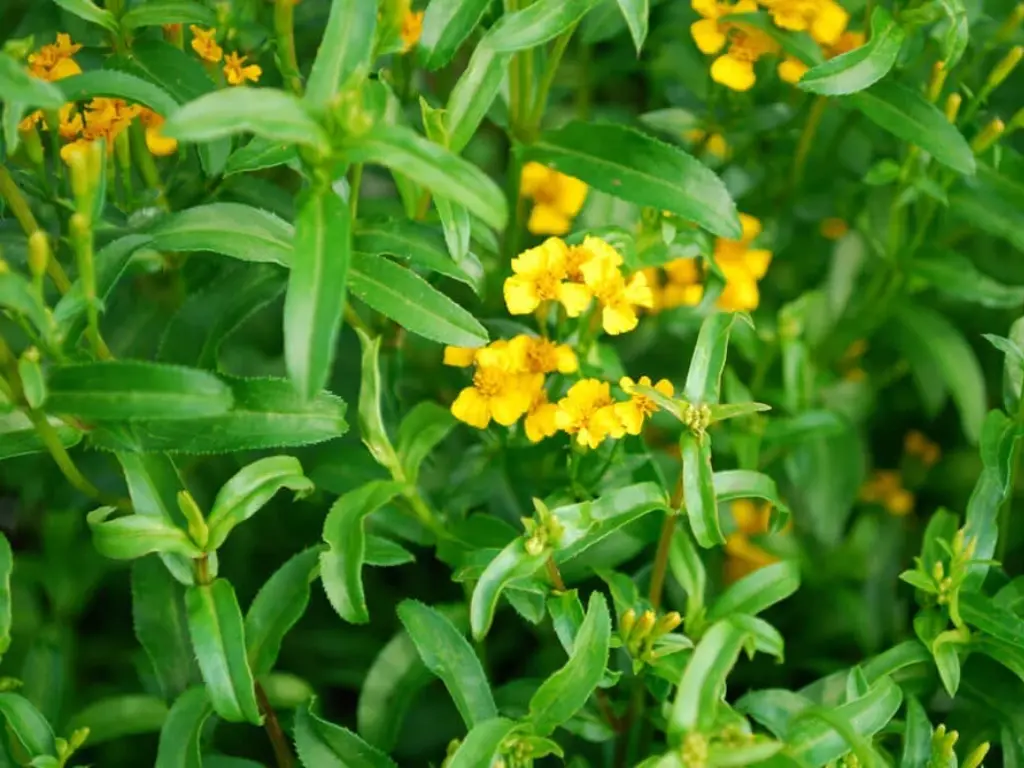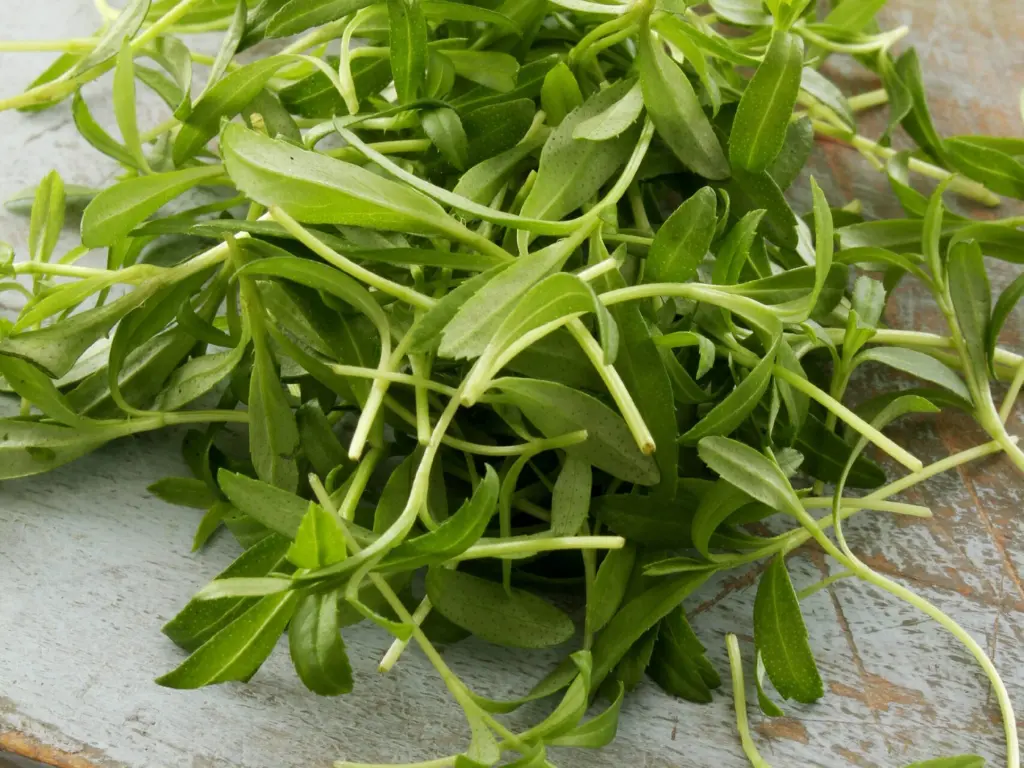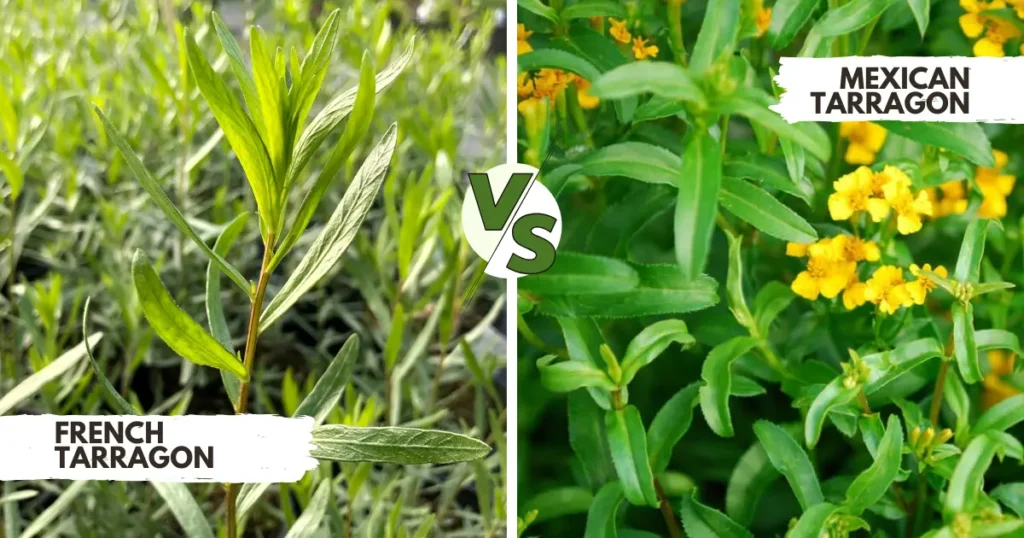Blog
Mexican Tarragon vs French Tarragon: Which Tarragon Is Best for Your Garden?
Have you ever wondered which tarragon is best for your garden—Mexican or French tarragon? If you’re considering adding this aromatic herb to your garden, you might be unsure about which variety will thrive best in your space. Both types have distinct characteristics, and each offers unique benefits depending on your climate, gardening preferences, and culinary needs. In this guide, we’ll explore the key differences between Mexican tarragon (Tagetes lucida) and French tarragon (Artemisia dracunculus), so you can choose the best one for your garden and kitchen.
Whether you’re a novice gardener looking for a new plant to try or an experienced home chef wanting to experiment with fresh herbs, understanding the nuances of these two tarragon varieties will help you make an informed decision. Let’s dive in and discover which tarragon will best suit your garden and cooking style.
What Is French Tarragon?

French tarragon is widely known for its delicate, sweet anise-like flavor and is a staple in many kitchens, especially in French cuisine. Unlike many other herbs, French tarragon cannot be grown from seed, so it is typically propagated by division or root cuttings. This herb prefers well-drained, fertile soil and requires a sunny location with a moderate climate.
Flavor Profile
The flavor of French tarragon is quite distinctive. It has a subtle yet refined anise flavor, which is sweeter and more complex than that of other varieties of tarragon. This is why French tarragon shines in delicate sauces, light poultry dishes, and seafood preparations. It pairs beautifully with flavors like lemon, garlic, and mustard, adding a layer of sophistication to your meals. It’s a must-have herb in any gardener’s toolkit if you’re looking to add some classic French flair to your cooking.
Growing Conditions
When it comes to growing French tarragon, this herb is a fan of temperate climates. It thrives in areas with cool to moderate summers, preferring well-drained, fertile soil. French tarragon also loves the sun but isn’t a fan of the intense heat that comes with long, hot summers.
If you’re gardening in a region with scorching summers, French tarragon might struggle to survive, so it’s best suited for cooler, moderate climates.
What Is Mexican Tarragon?

Mexican tarragon (Tagetes lucida), on the other hand, is a hardier, more drought-tolerant plant that’s well-suited for hotter climates. Native to Mexico and Central America, this variety is more resilient to heat and can grow in a wider range of conditions. Its flavor is also quite distinct—though it still carries a mild anise-like taste, it’s often described as more robust and earthy compared to French tarragon.
Flavor Profile
The flavor of Mexican tarragon, while still hinting at the classic anise taste, is much more robust and earthy than the delicate French variety. Some describe it as having a slightly citrusy, almost floral note in addition to the anise flavor. This makes it a wonderful choice for adding depth to dishes with bold, savory flavors, like stews, soups, and salsas. It’s especially popular in Mexican and Southwestern cuisines, where its strong taste can stand up to the heat of chiles, tomatoes, and other spices.
If you’re looking for a more robust herb for your Mexican-inspired dishes, Mexican tarragon will become your go-to. It’s a great way to add complexity without overwhelming the flavor profile of your dish.
Growing Conditions
Mexican tarragon thrives in hot, sunny environments. It’s incredibly drought-tolerant, which makes it an excellent option for gardeners who struggle with dry soil or areas with limited rainfall. Unlike French tarragon, which requires precise soil conditions, Mexican tarragon can grow in less fertile, even poor soil, making it a great choice for gardeners who are dealing with tough conditions.
How to Identify in Your Garden
If you’re not sure whether you have French or Mexican tarragon in your garden, it’s easy to tell them apart. Mexican tarragon generally grows taller, with a bushier shape, and its leaves are often broader and coarser compared to the narrow, more delicate leaves of French tarragon. Additionally, Mexican tarragon’s vibrant yellow flowers are a noticeable giveaway, especially during the blooming season. The smell is also slightly different—Mexican tarragon has a more earthy, citrusy scent, while French tarragon has a subtle, sweet anise fragrance.
Both plants are incredibly useful, but they have distinct characteristics that make them perfect for different gardening environments and culinary uses. Whether you opt for the more delicate French tarragon or the hardy, vibrant Mexican tarragon, you’re sure to enjoy the benefits of these flavorful herbs in your garden and kitchen.
Mexican Tarragon vs French Tarragon
| Characteristic | French Tarragon | Mexican Tarragon |
|---|---|---|
| Flavor | Refined, sweet anise-like flavor | Robust, earthy, with citrus undertones |
| Growth | Perennial, but requires cooler climates | Perennial, heat and drought-tolerant |
| Soil Requirements | Well-drained, fertile soil | Well-drained, adaptable to poor soil |
| Sunlight Needs | Full sun to partial shade | Full sun |
| Propagation | Root division or cuttings | Seed or cuttings |
Which Tarragon Is Right for Your Garden?

Choosing between Mexican and French tarragon ultimately depends on your specific garden conditions and your culinary needs. If you live in a cooler climate or enjoy fine, delicate flavors in your cooking, French tarragon may be the better choice for you. However, if you’re in a hot, dry area or simply want a more resilient herb that thrives with less care, Mexican tarragon could be your perfect match.
When selecting which variety to plant, consider the following:
-
Climate: If you live in a region with hot summers and dry conditions, Mexican tarragon is likely your best bet. It can handle heat and drought much better than French tarragon.
-
Culinary Use: If you’re looking for a mild, anise-like flavor for French sauces, dressings, and seafood dishes, French tarragon is your go-to herb. For more robust, earthy flavors that complement Mexican and Southwestern dishes, Mexican tarragon will be a better fit.
-
Space and Maintenance: French tarragon may require more attention and specific soil conditions, while Mexican tarragon is hardier and easier to grow in a variety of environments.
Conclusion
Both Mexican and French tarragon are fantastic herbs to grow, but the right choice depends on your garden’s conditions and your cooking preferences. French tarragon excels in moderate climates and is perfect for gourmet dishes, while Mexican tarragon is a great choice for gardeners in warmer regions or those looking for a more resilient, earthy herb.
If you’re ready to add tarragon to your garden, think about where you live and how you’ll use the herb in your cooking. French tarragon may be the classic choice, but Mexican tarragon offers practicality and adaptability. Whichever you choose, both types will elevate your garden and your kitchen in their own unique way.
Frequently Asked Questions (FAQs)
1. What’s the main difference between French and Mexican tarragon?
French tarragon has a subtle anise flavor, while Mexican tarragon offers a more robust, earthy flavor with citrus undertones.
2. Can I grow French tarragon in a hot climate?
French tarragon prefers cooler climates and may struggle in hot, humid conditions. If you live in a warm area, Mexican tarragon would be a better choice.
3. How do I propagate Mexican tarragon?
Mexican tarragon can be propagated from seed or by cuttings, making it easy to grow in a variety of conditions.
4. Can I use Mexican tarragon in place of French tarragon in recipes?
Yes, while the flavor is slightly different, Mexican tarragon can be used as a substitute for French tarragon in many recipes, especially those with a more robust, earthy flavor.
Happy gardening!


Swedish Ivy Care: How to Grow a Healthy, Thriving Plant
Have you ever looked at your Swedish Ivy and wondered why the leaves are turning [...]
Nov
Avoid These 10 Garlic Planting Mistakes for Bigger, Healthier Bulbs
Growing garlic at home is one of the most satisfying things a gardener can do [...]
Nov
How to Prevent Christmas Cactus Bud Drop: Tips for a Healthy Bloom
Have you ever noticed your beautiful Christmas cactus (Schlumbergera) starting to lose its buds just [...]
Nov
Discover 7 Stunning Types of Night-Blooming Cereus
Have you ever waited for a flower that only opens at night and then disappears [...]
Nov
How to Propagate Comfrey from Root Cuttings: Easy Guide for Beginners
If you’re looking to grow your own healthy comfrey plants without spending too much, propagating [...]
Nov
10 Best Christmas Plants to Gift This Holiday Season
The holiday season is finally upon us, and if you’re searching for the perfect gift [...]
Oct